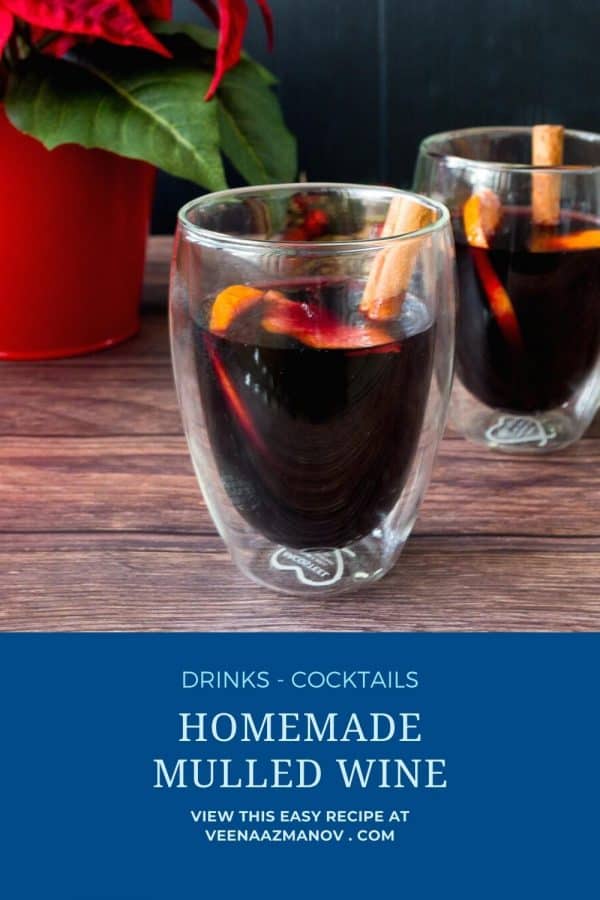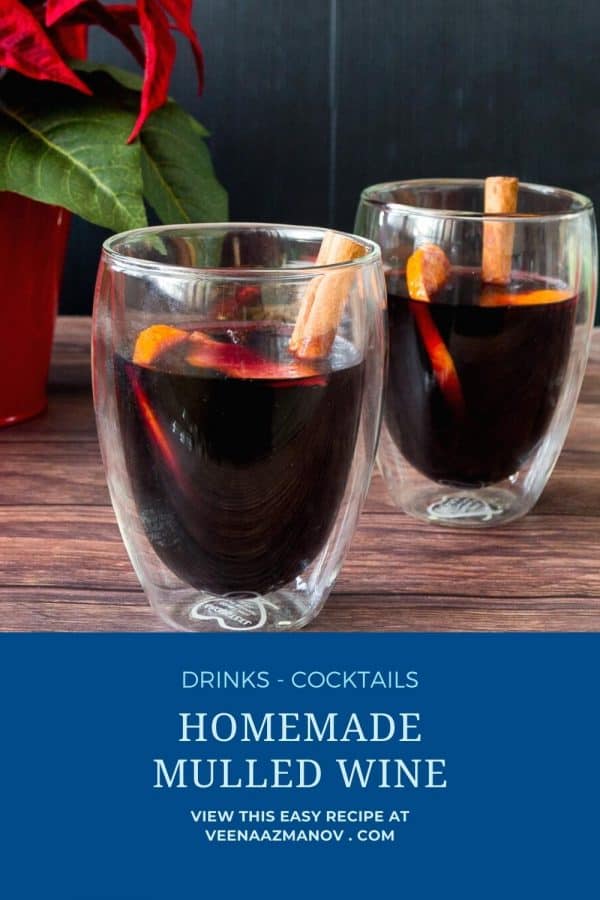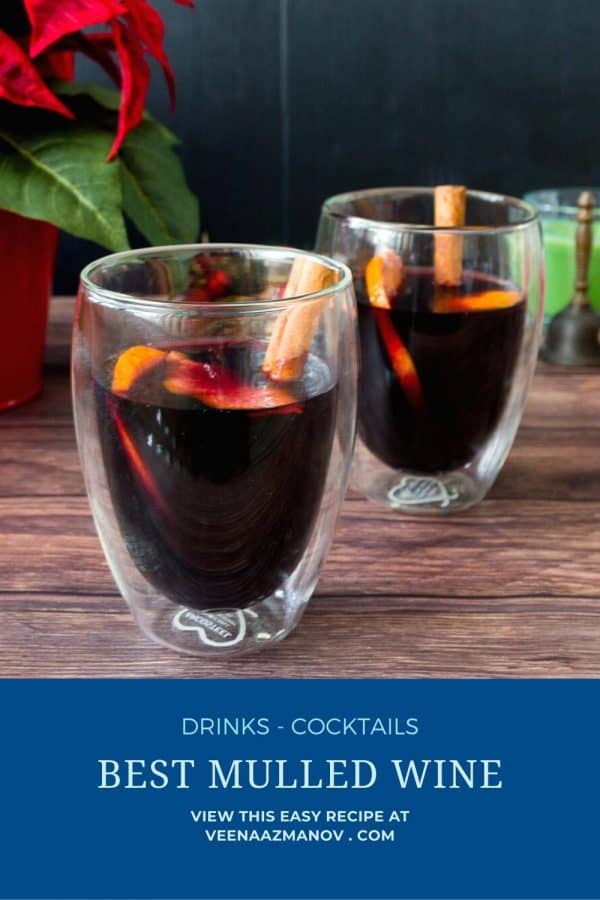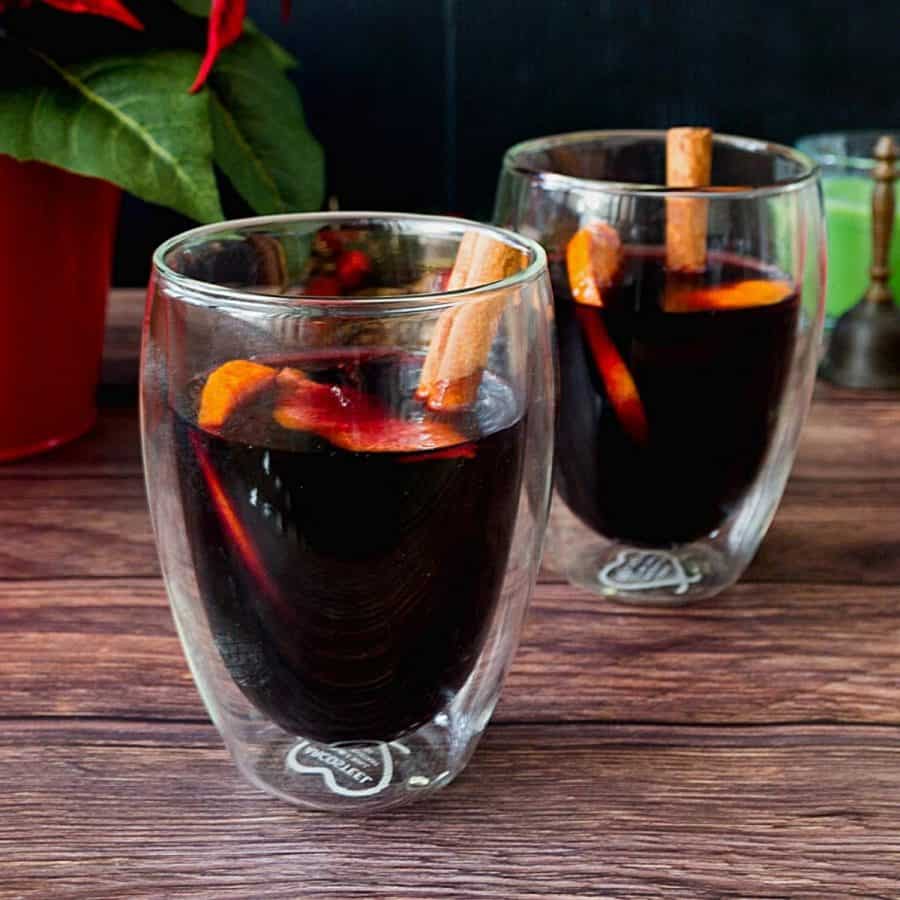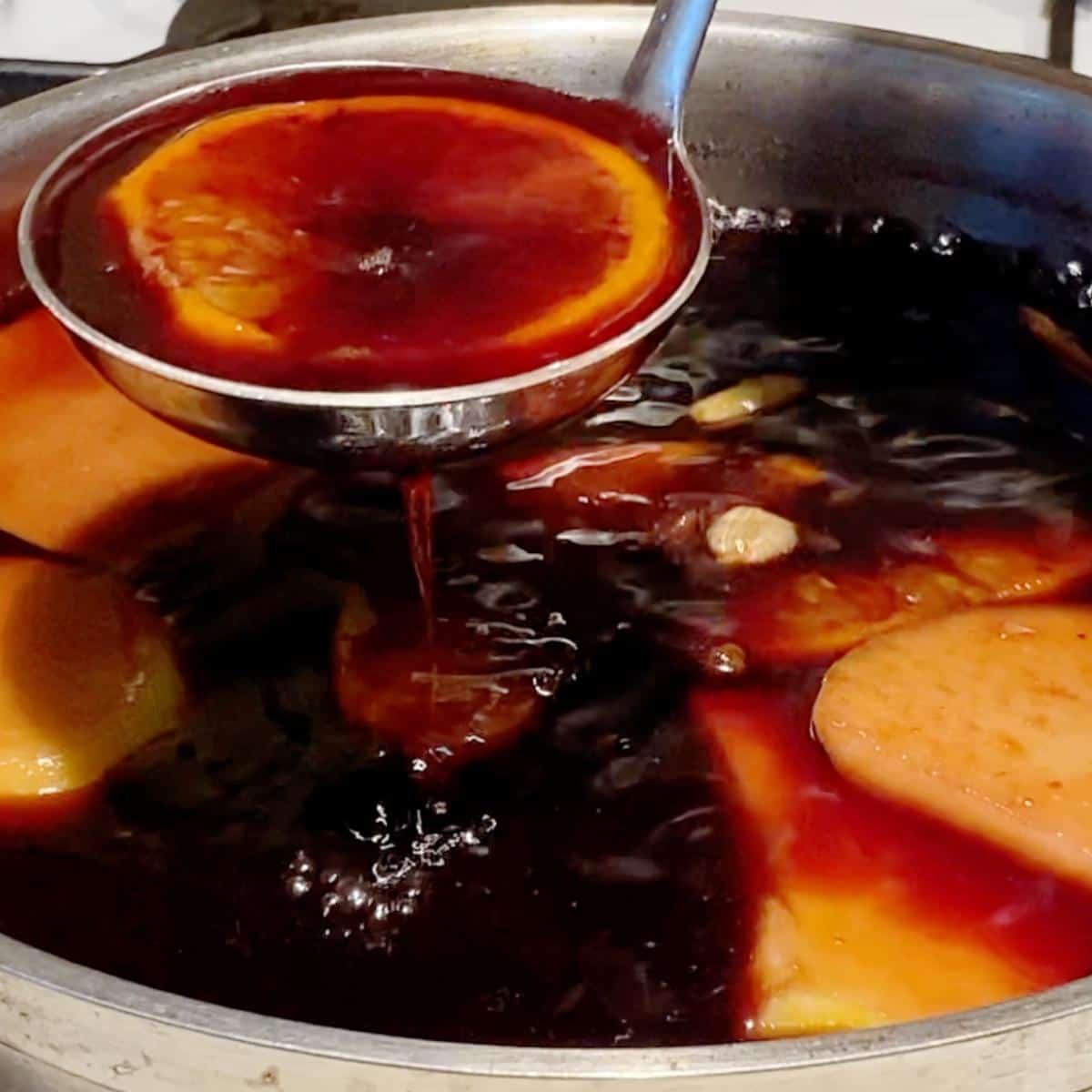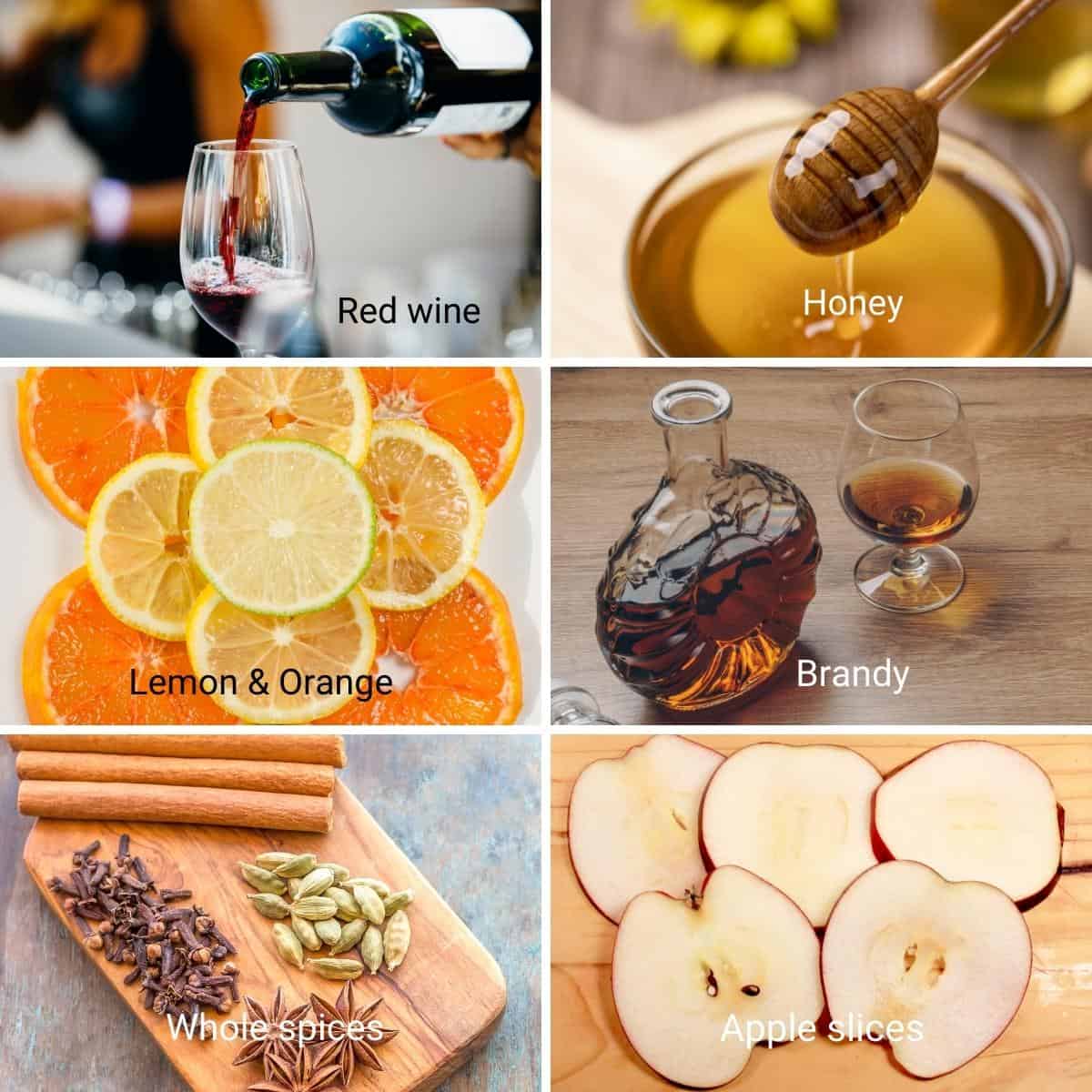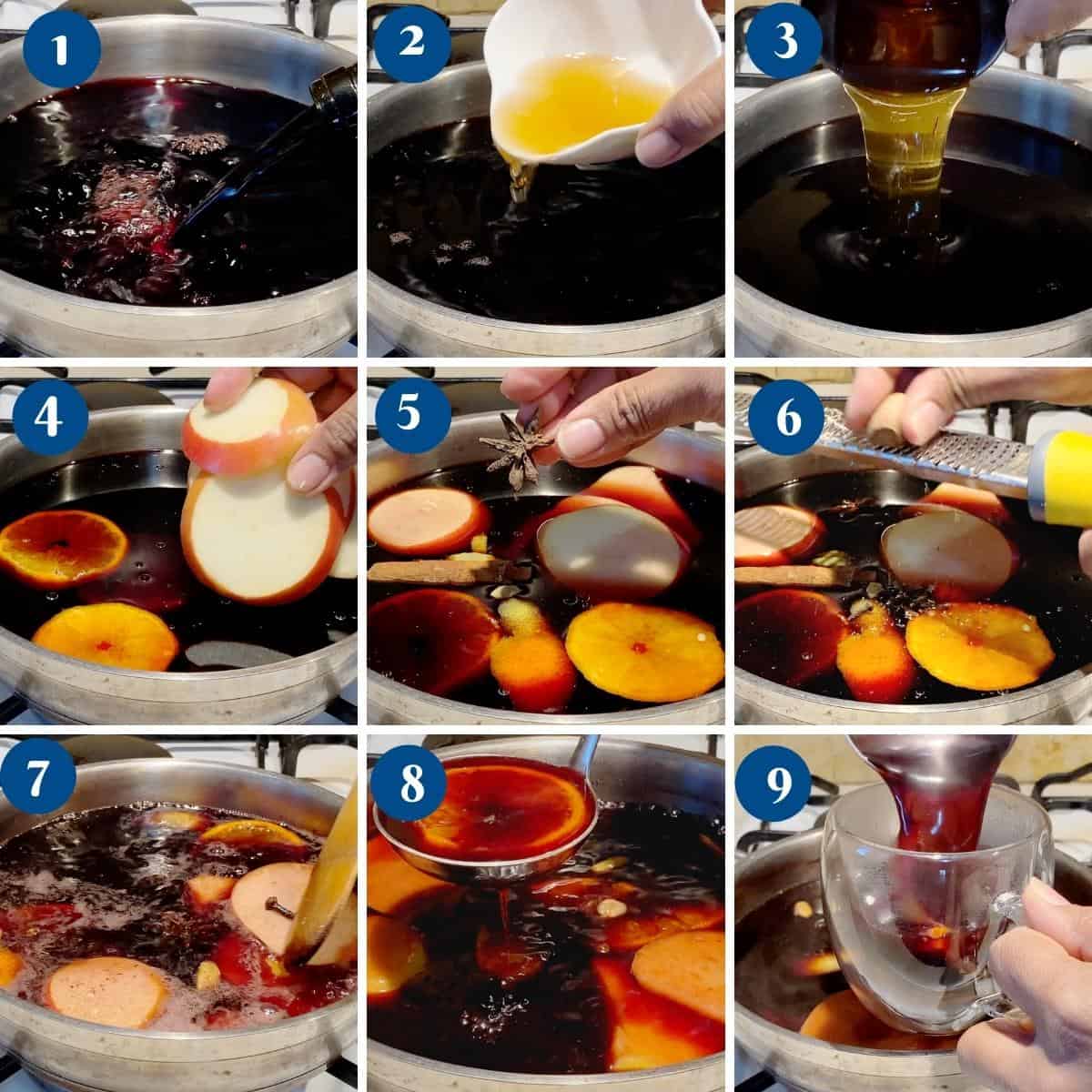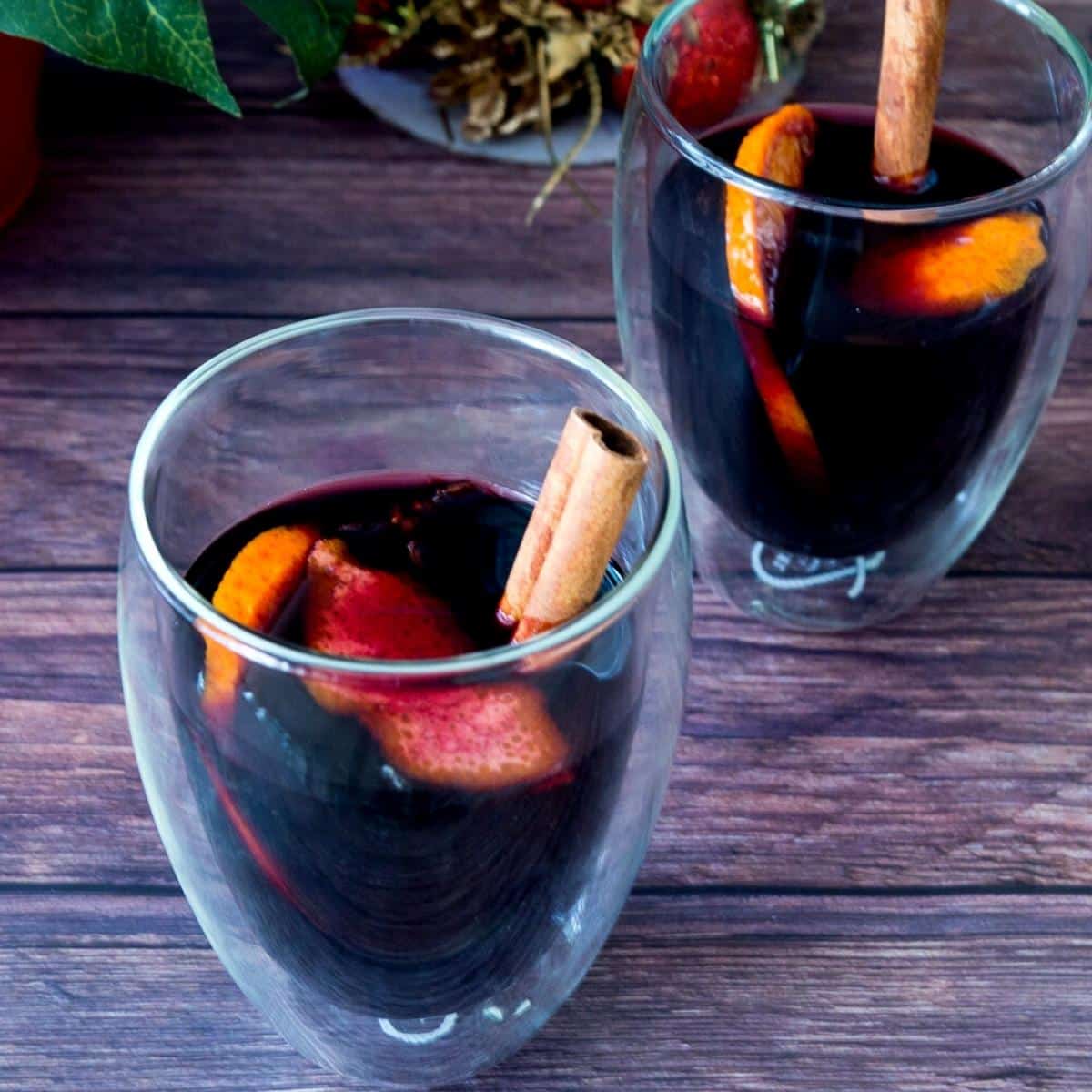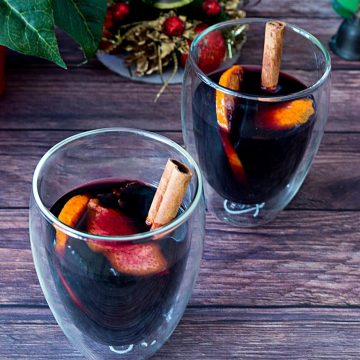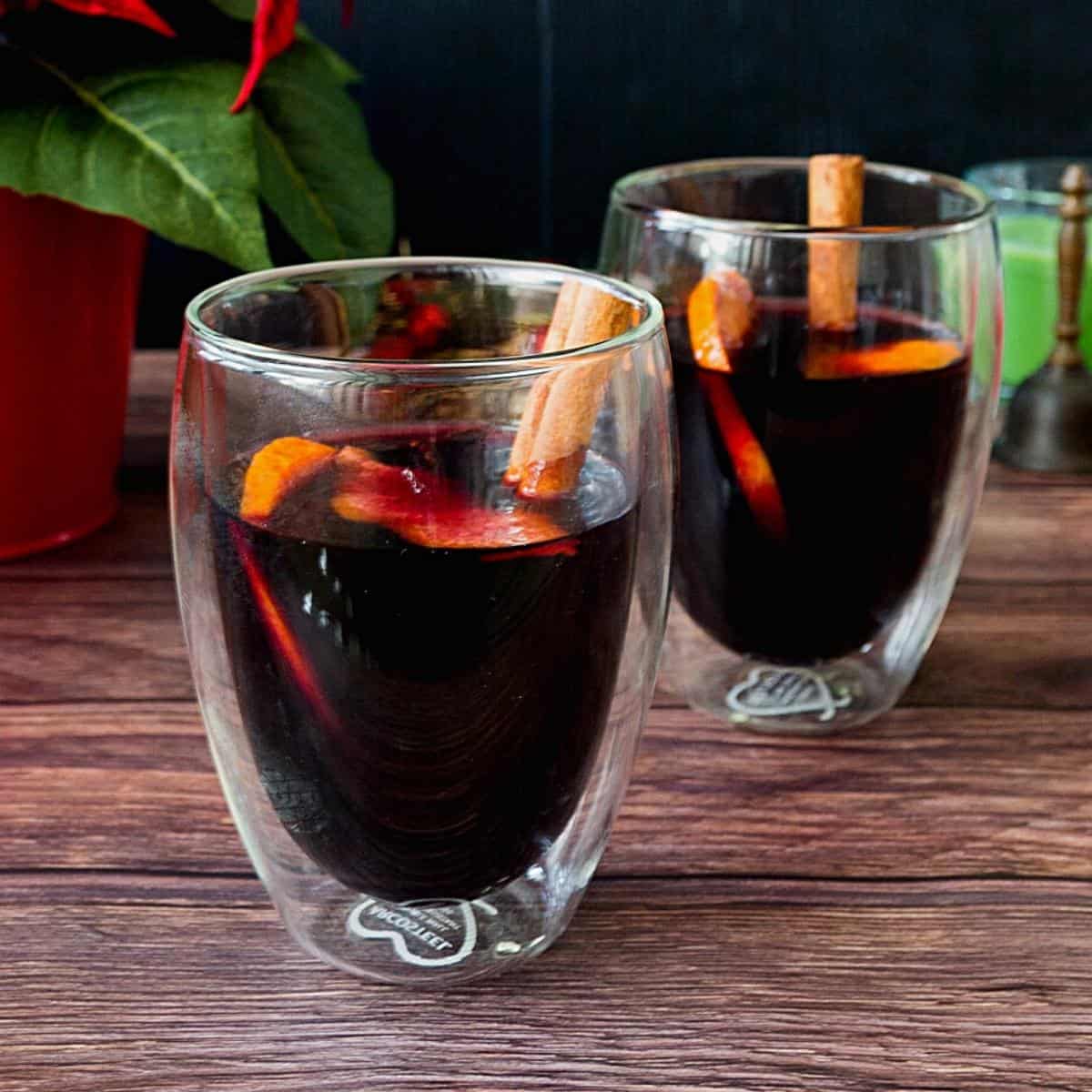Mulled wine, a beloved holiday beverage, has been delighting taste buds and warming souls for centuries. Originating in ancient Rome, this aromatic and spiced concoction has stood the test of time as a festive and comforting drink that is synonymous with winter celebrations. But what exactly is it, and why does it hold a special place in our hearts and holiday traditions? At its core, mulled wine is a simple blend of red wine and a variety of spices, fruits, and sweeteners that dance together in a harmonious symphony of flavors. The key to achieving perfection lies in the art of infusing these ingredients into the wine, allowing their essence to meld and create a delightful sensory experience. Mulled wine or hot wine has a few names around the world. For example, in Germany it is called gluhwein or glow-wine. A few other names are: vino caliente, glögg, vin brulé, bisschopswijn, vin chaud, candola, vinho quent, glühwein, and a few more. While there are many variations of spiced wine across different cultures, the basic components remain consistent. Typically, red wine serves as the foundation, providing a rich and robust base for the infusion of spices and other flavorings. Common spices include cinnamon, cloves, star anise, and nutmeg, which lend their aromatic profiles and warmth to the beverage. To enhance the flavor and complexity, fruits such as oranges, lemons, or apples are often added, infusing the wine with their tangy and vibrant essence. The addition of sweeteners like honey or sugar helps to balance the acidity of the wine and enhance its overall drinkability. The beauty of mulled wine lies not only in its taste but also in its ability to evoke a sense of nostalgia and create an inviting atmosphere. As the spices mingle and the aromas waft through the air, spiced wine transforms any gathering into a cozy and festive affair. The gentle glow of candlelight, the crackle of the fireplace, and the warmth of a well-prepared mug of Christmas wine create an ambiance that is both comforting and enchanting.
Why make this recipe
What sets this recipe apart is the attention to detail in selecting the perfect ingredients. Each element has been chosen to complement and enhance the flavors of the wine and spices, resulting in a harmonious blend that is sure to please even the most discerning palates. From the aromatic cloves to the fragrant orange zest, every component adds its own unique touch to the final product. But it’s not just about the ingredients; it’s also about the technique. The process of mulling wine involves gently simmering it with the spices, allowing the flavors to infuse and meld together. This slow and deliberate approach ensures that every sip is filled with rich, complex flavors that develop over time. It’s a labor of love that is well worth the effort. Also, it is a very versatile recipe because almost all the ingredients can be substituted or omitted to suit your personal preference.
Ingredients and substitutes
Starting with the wine itself, a full-bodied red wine works best. Look for a wine with a good balance of fruitiness and acidity, as these qualities will help support the added spices. Cabernet Sauvignon, Merlot, or Zinfandel are excellent choices that will provide a solid foundation for your spiced wine. Now, let’s talk about the spices. The classic combination includes cinnamon sticks, cloves, star anise, and apple slices, orange slices and peel. These aromatic spices create a warm and inviting fragrance, infusing the wine with delightful flavors. However, feel free to experiment with other spices like cardamom, nutmeg, or ginger to add a unique twist to your spiced wine. As for substitution, If you’re missing some of the spices or want to try something different, don’t worry. There are plenty of substitutes you can use. For example, if you don’t have whole cloves, ground cloves can be used instead. Similarly, if you don’t have star anise, a pinch of ground anise or fennel seeds can do the trick. The goal is to be creative and adaptable with the ingredients you have on hand. Another area where you can get creative is with the sweetener. While traditional recipes often call for sugar, you can experiment with alternative sweeteners like honey, maple syrup, or even brown sugar. Each sweetener brings its own distinct flavor profile, so choose the one that best suits your taste and preferences. While red wine does contain alcohol, we also add a splash of brandy, cognac, or another type of liqueur to enhance the depth of flavor. The alcohol content in spiked wine is usually relatively low due to the dilution with the other ingredients and the heating process, making it a cozy and comforting choice for cold-weather gatherings.
Step-by-step: How to make the best mulled wine
Stovetop
Combine – In a saucepan, over medium heat, combine all the ingredients and stir to combine. Simmer – Let simmer on low for 15 minutes or up to 3 hours. Do not let it bubble or boil.Pro tip – If the wine boils it will evaporate all the alcohol. So a gentle simmer is all you need to infuse those flavors Strain – Taste and adjust sweetness. If necessary, add more maple syrup or honey. Remove from the heat. Strain through a fine-mesh, strainer, or cheesecloth.Pro tip – I never strain my mulled wine because I like to serve it with cooked fruits and spices.
Slow cooker
Simmer – Add all the ingredients to the slow cooker or crockpot and stir to combine. Cook on low for 3 hours. Strain – Taste and adjust sweetness. If necessary, add more maple syrup or honey. Remove from the heat. Strain through a fine-mesh, strainer, or cheesecloth.Pro tip – I never strain my mulled wine because I like to serve it with fruits and spices.
Serve
Mulled wine is served warm in heatproof mugs. Use the ingredients in the pot to serve as garnishes.
Tips and variations to elevate your mulled wine
One way to add a twist to your spiced wine is by exploring alternative sweeteners. Instead of using the usual sugar, why not try honey, maple syrup, or even brown sugar? Each sweetener brings its own distinct flavor profile, allowing you to tailor the sweetness to your liking. Whether you prefer the floral notes of honey or the deep richness of maple syrup, choosing the right sweetener can enhance the overall taste. In addition to sweeteners, consider playing around with spices and aromatics to create a truly unique flavor experience. While traditional mulled wine recipes calls for classic spices like cinnamon, cloves, and star anise, there’s no limit to what you can add. Try incorporating unexpected ingredients like cardamom pods, ginger, or even lavender to infuse your wine with intriguing undertones. Just remember to strike a balance and not overpower the wine itself – the goal is to enhance, not overwhelm, the flavors. Furthermore, you can experiment with the choice of wine itself. While red wine is the usual base for mulled wine recipe, don’t be afraid to switch it up and try white wine or even a rosé for a lighter and fruitier variation. Each type of wine will bring its own unique characteristics, adding an extra layer of complexity to your wine. Just be sure to choose a wine that you enjoy drinking on its own, as it will heavily influence the final taste of your fine creation.
Baileys Irish Cream Butterscotch Irish Cream Baileys Chocolate Martini Cherry Champagne Cocktail Cranberry Margarita
Frequently asked questions
Creative ways to serve mulled wine
Festive Mugs or Glassware: Instead of serving hot wine in regular wine glasses, opt for festive mugs or glassware that match the holiday theme. The visual appeal instantly makes your guests feel like they’re indulging in something special. Garnish with Fresh Fruits and Herbs: Take your mulled wine to the next level by garnishing each serving with a slice of fresh orange, lemon, or even apple. Not only will it add a pop of color, but the subtle infusion of the fruit’s natural aroma will enhance the flavors of the wine. Cinnamon Stick Stirrers: Swap the traditional stirrers with cinnamon sticks. They will add a warm and inviting aroma to the hot wine and double as a festive and functional garnish. Mulled Wine Bar: Set up a self-serve mulled wine bar where guests can customize their own drinks. Provide a selection of spices, sweeteners, and even different wines for guests to mix and match according to their preferences. This interactive experience will surely impress your guests and allow them to create their own perfect cup of mulled wine. Mulled Wine Punch: If you’re hosting a larger gathering, consider serving hot wine as a punch. Create a large batch in a punch bowl and add slices of oranges, pomegranate seeds, or even frozen cranberries for a vibrant and festive touch. Guests can help themselves to ladle their own cups, encouraging mingling and conversation.
Homemade Classic Eggnog Recipe Strawberry Vodka Cocktail Kahlua Chocolate Milkshake See all cocktail recipes
Did you LIKE this recipe? Save it for later. You can find my recipes on Pinterest. Follow me on Facebook, Twitter, and Instagram.Subscribe, and I’ll send you new recipes right to your inbox. Thank you for sharing - Save for later
